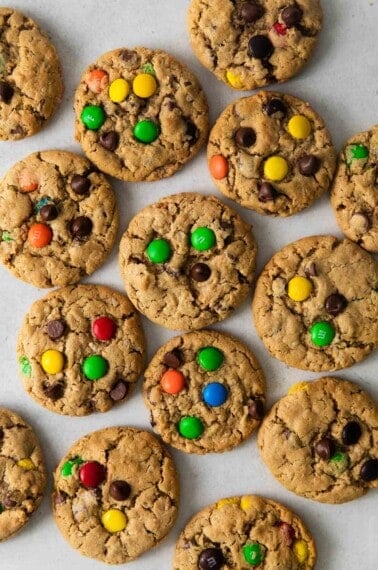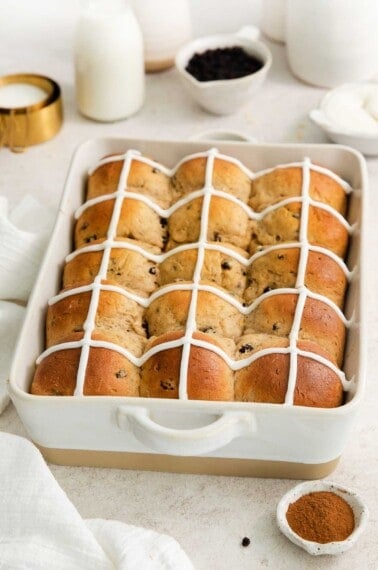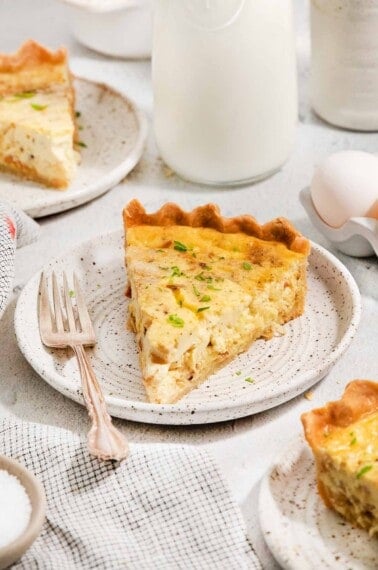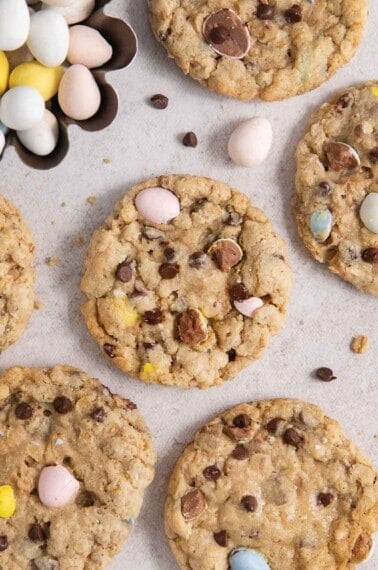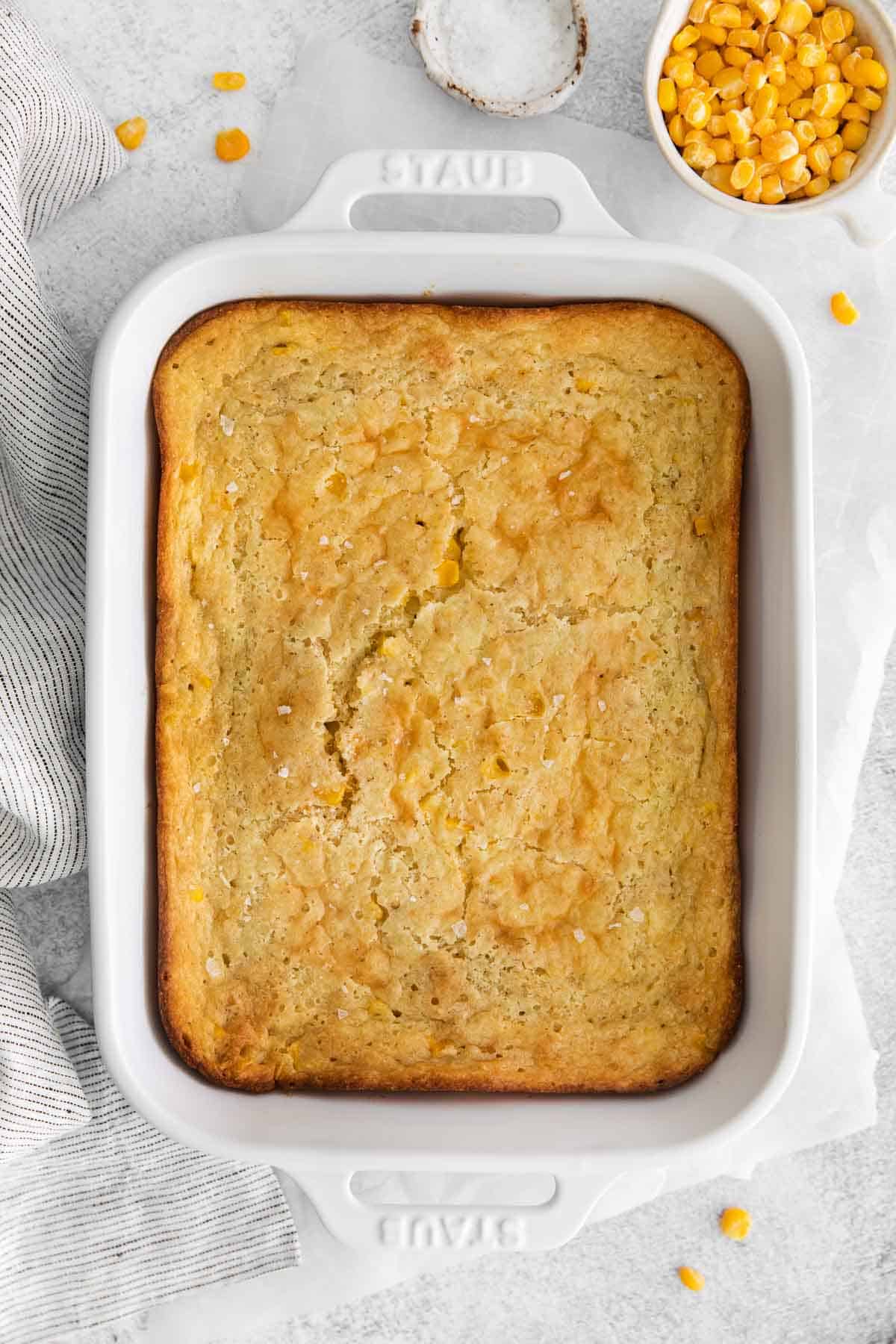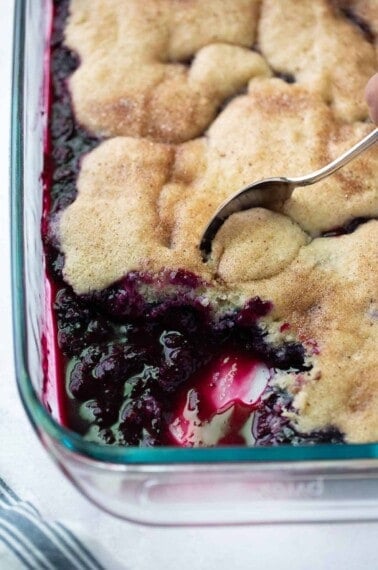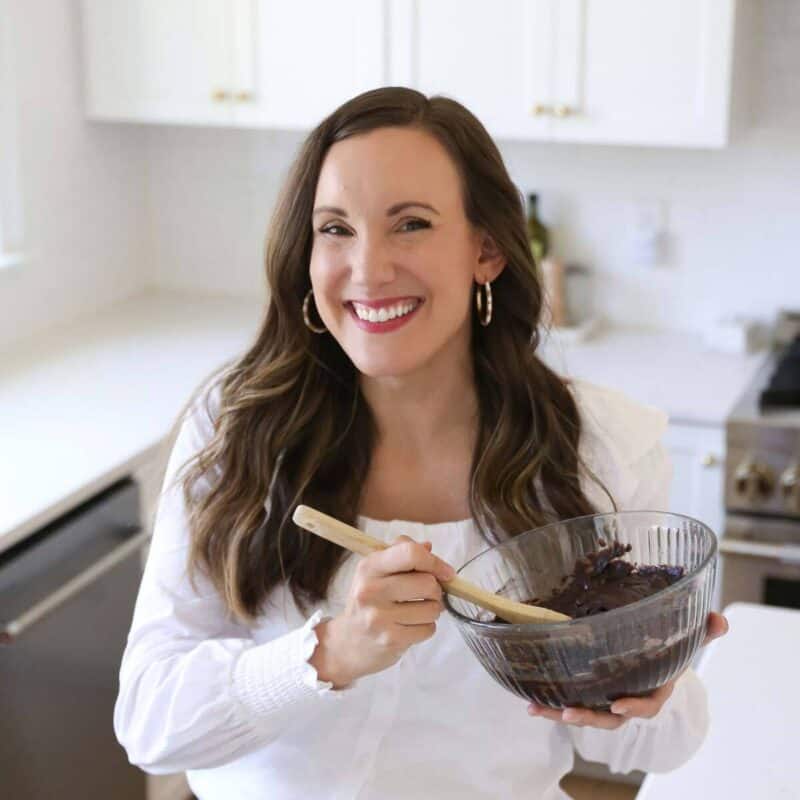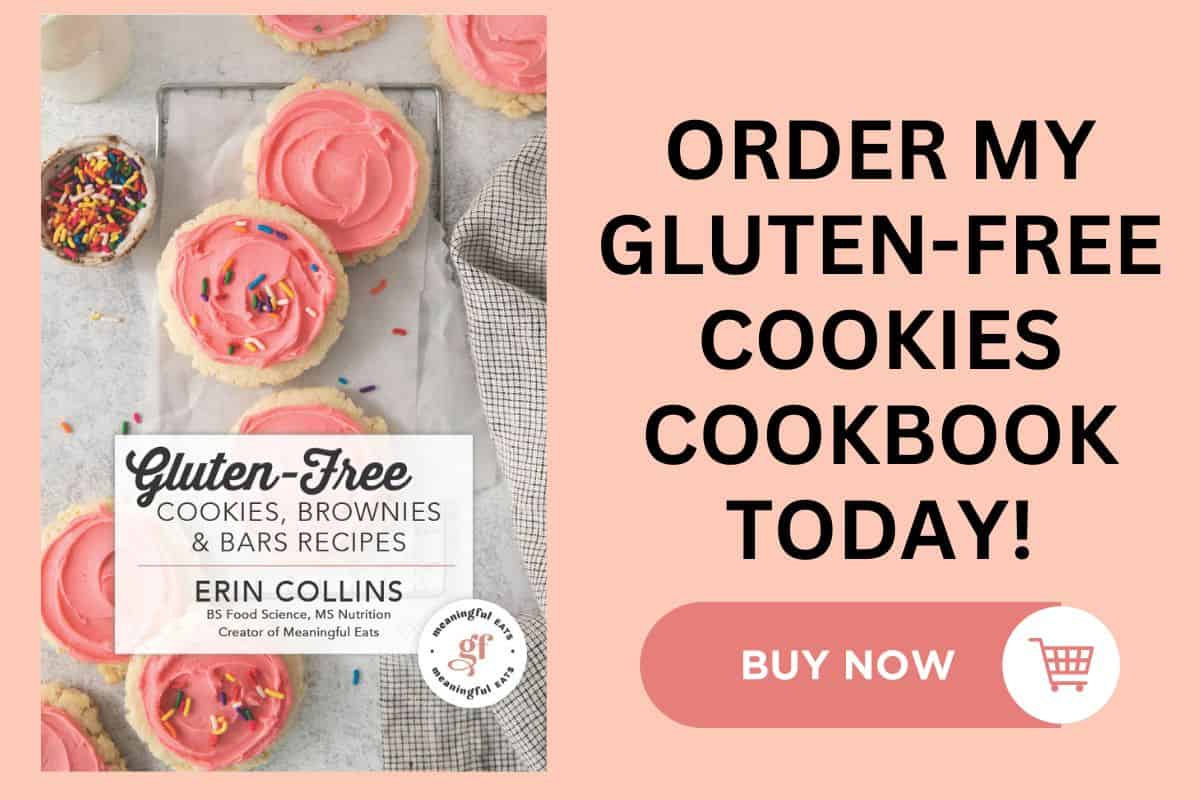Let’s talk about butter. Is it always gluten-free? The answer is mostly yes! Read on to find out more!
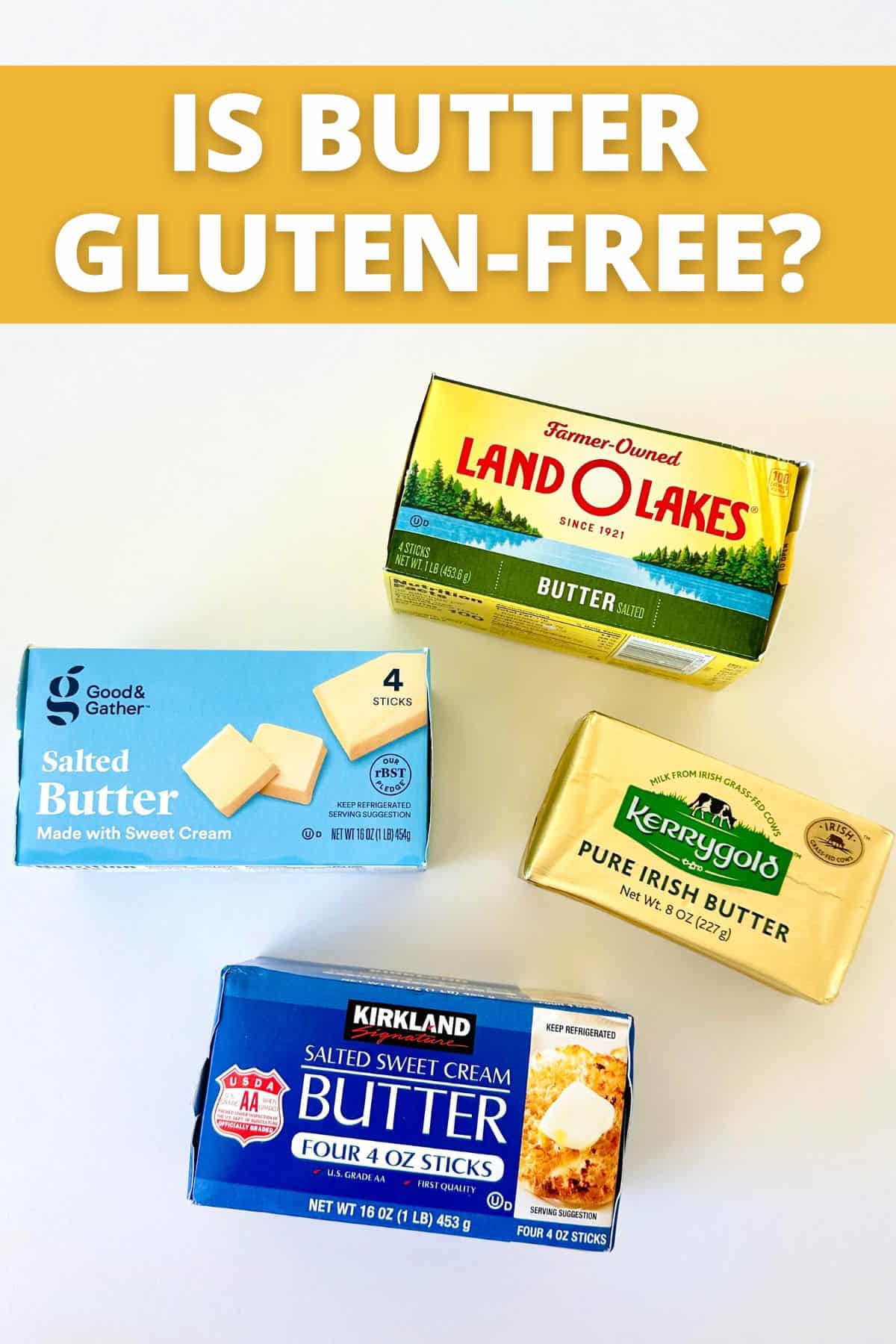
Where would we be without butter? It’s rich, creamy goodness makes just about any dish more flavorful.
If you are following a gluten-free diet, either because of celiac disease or non-celiac gluten sensitivity, you may be wondering: Is butter gluten free?
SHORT ANSWER: Is Butter Gluten-Free?
SHORT ANSWER: Yes! Pure butter is nothing but churned milk and cream, which are naturally gluten-free.
However, butter products may acquire additives during the manufacturing process. These are gluten-free most of the time, but you do want to check the ingredients list to be sure.
Table of Contents
Is Butter Gluten-Free?
Yes, plain butter is gluten-free because it is made from naturally gluten-free cow’s milk and cream. Salt and coloring may be added; these are also gluten-free.
If you are a celiac patient or following a gluten-free diet for other reasons, you may consume plain butter with confidence!
Certain butter products could have gluten-containing ingredients added during the manufacturing process, but this is very uncommon. Nearly all types of butter (even those with additional ingredients) are free from wheat and other gluten-containing grains. Dairy products are generally considered low risk on a gluten-free diet.
You also might like these articles on is popcorn gluten-free, does mayo have dairy, is peanut butter gluten-free and is nutella gluten-free?
What Is Butter?
You’ve probably enjoyed butter in your favorite foods since you were a toddler, but where exactly does butter come from?
Butter is a dairy product usually originating from cows, but sometimes from goats, sheep, yaks, or buffalo.
When milk and cream are churned, butter is formed as a semi-solid emulsion (combination of two liquids) of water and milk. The natural milk proteins allow the water and milk to combine in this way.
As you’ve no doubt noticed, butter is solid at cooler temperatures, semi-solid and spreadable at room temperature, and easily melted when heat is applied. Butter melts at 90-95 degrees Fahrenheit, so a hot summer day could leave your butter in a puddle!
Back in 1906, the FDA defined butter as a “food product … made exclusively from milk or cream, or both, with or without common salt, and with or without additional coloring…” Butter must contain at least 80% milkfat to qualify.
Perusing the shelves at your local grocery store, you’ll see some products simply labeled as butter, meaning they meet the FDA requirements listed above. A food item with any variations in the ingredients or the fat content will be labeled a “buttery spread” or other.
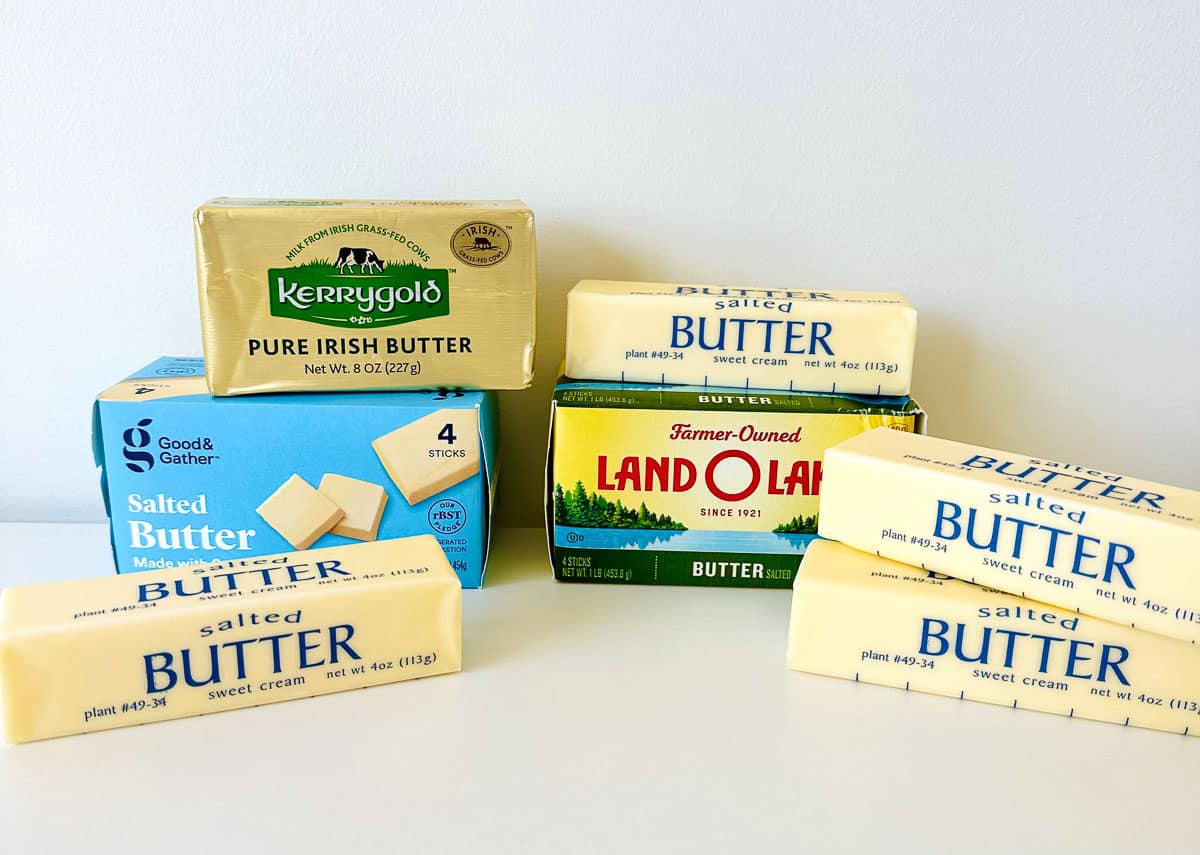
Is All Butter Gluten-Free?
All pure butter is gluten-free. It is made from milk and cream, and possibly salt and coloring–all gluten-free ingredients!
Butter is safe to eat on a gluten-free diet. Plain butter and nearly all butter products are gluten-free. Still, check food labels if you want to be sure that your butter is FDA certified gluten-free, meaning that it has been tested and proved to contain less than 20 parts per million (ppm) of gluten. Gluten-free certification also means that the butter has not been cross-contaminated with any traces of gluten during the manufacturing process.
Butter substitutes such as Earth Balance, Smart Balance, and I Can’t Believe It’s Not Butter! are also typically gluten-free. Earth Balance buttery spread, for example, is made from a dairy-free blend of vegetable oil, water, salt, pea protein, natural flavor, sunflower lecithin, lactic acid, and annatto extract (for color), with no major allergens included.
For more articles on gluten-free ingredients, check out:
- Is velveeta gluten-free?
- Is oat milk gluten-free?
- Is soy sauce gluten-free?
- Is yeast gluten-free?
- Is baking powder gluten-free?
- Is brown rice gluten-free?
Cross-Contamination
If you are strict about eating gluten-free but live in a home with folks who do consume gluten-containing foods, you’ll want to watch out for household cross-contamination.
A Note about Cross-Contamination
If you’re sharing the same butter with family members or roommates who are double-dipping while buttering their gluten-containing toast, you’ve got cross-contact. But don’t worry: There’s an easy fix!
Simply keep two butters going, and clearly label one as gluten-free. If everyone abides by the rules of the fridge, you won’t have to worry about gluten crumbs in your butter.
This same advice applies to any other ingredients that might share a knife with gluten bread. Peanut butter, almond butter, jellies, and jams pose the same risk of cross-contact, so keep yours separate and stick a big gluten-free label on them! This way, any crumbs in your butter will come from gluten-free bread.
Is Movie Theater Butter Gluten-Free?
Golden yellow, salty popcorn is a classic part of the cinema experience. But if you’re eating gluten-free, is movie theater popcorn safe to eat? What exactly do they put on that popcorn to make it so irresistible?
Movie theater popcorn is actually flavored and colored with Flavacol, a seasoning composed of only four ingredients:
- Salt (extra fine so it sticks to the popcorn)
- Artificial Flavor (for a buttery taste)
- FD&C Yellow #5 Lake (E102)
- FD&C Yellow #6 Lake (E110)
These ingredients are certainly artificial (other than the salt), but they are also gluten-free and safe for celiacs to consume.
AMC Theatres reports that their popcorn (pre-butter sauce) does not contain gluten. They do, however, sell other concessions–such as hot dogs in buns–that contain gluten. To be safe, let the concession worker know if you have celiac disease and ask them to change gloves.
Cinemark warns, “The canola oil, which we pop our corn in, is gluten free, but some individuals with celiac disease experience a laxative effect.”
What about the golden liquid you may or may not choose to have pumped onto your Flavacol corn? That’s mostly soybean oil, plus a few chemicals and coloring.
Snappy Butter Burst Popcorn Oil, for example, carries this list of ingredients:
- Soybean oil
- Artificial flavor
- TBHQ (chemical food antioxidant/preservative)
- Citric acid
- Beta carotene (for color)
Not exactly health food, but it is gluten-free!
FAQs
The I Can’t Believe It’s Not Butter! website states, “Our spreads, sprays, and sticks are all naturally gluten-free.”
Original I Can’t Believe It’s Not Butter! contains purified water, soybean oil, palm and palm kernel oil, salt, lecithin (soy), natural flavor, vinegar, vitamin A palmitate, and beta carotene (for color).
I Can’t Believe It’s Not Butter! products are also certified Kosher, and if you are avoiding dairy products, their vegan spread is a great alternative.
Miyoko’s vegan butter (also labeled as a cashew and coconut oil spread) is absolutely gluten-free. It is also lactose-free, as Miyoko’s butter products are 100% derived from plants. They are safe to consume if you have celiac disease or a gluten intolerance.
Yes, Land O’Lakes stick butter and butter spreads–like most brands of butter–are all gluten-free! Just make sure you’re not sharing sticks or spreads with gluten-eating double-dippers in your household.
Kerrygold Pure Irish Butter (unsalted) contains only pasteurized cream, skimmed milk, and cultures. All Kerrygold butters are naturally gluten-free and safe to consume if you have celiac disease.
Regular butter and eggs are both naturally gluten-free foods originating from animals. Prepare them in a clean pan with a clean utensil (free from any traces of gluten), and you are guaranteed a gluten-free meal.
The Bottom Line
Butter is a naturally gluten-free food made from milk and cream. Even flavored butters are almost always gluten-free, but check your label just to make sure. The safest bet is always a butter that is FDA certified gluten-free, so you know it hasn’t come in contact with even a trace amount of gluten ingredients at any point during its manufacturing and packaging journey.
If you share groceries with family members or housemates who eat bread made from wheat flour, make sure gluten-containing crumbs are not going into your butter! Having your own butter that is used specifically by gluten-free individuals in your household may be the best way to avoid contamination.
